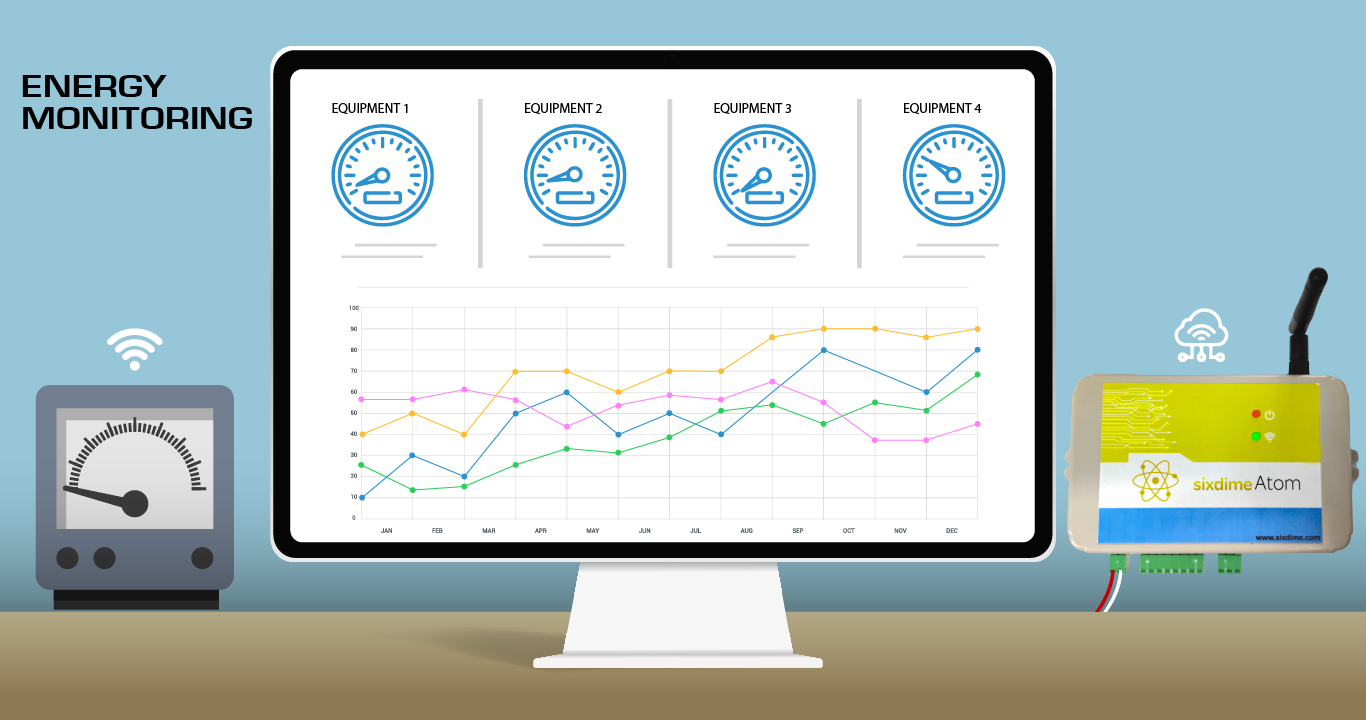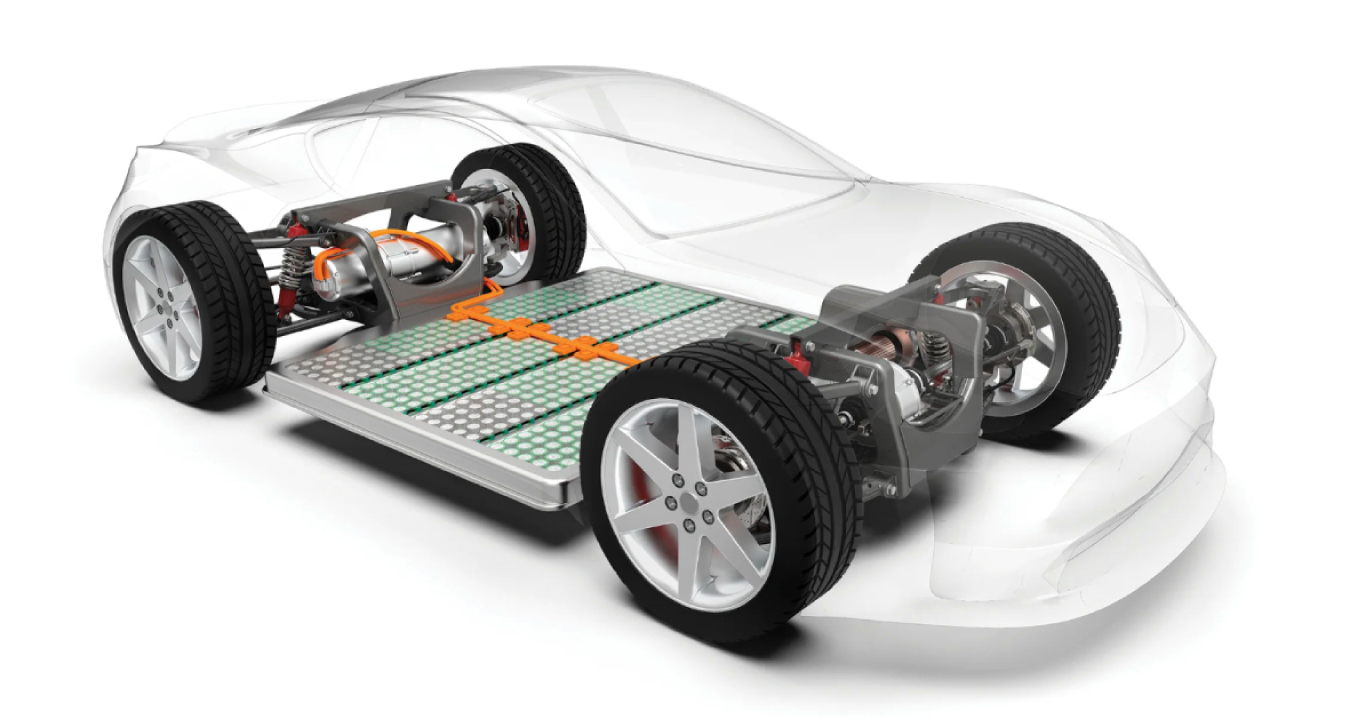The efficiency of any manufacturing facility can always be increased by working on known attributes such as raw materials, automating operations and reducing wastage based on OEE. With the advent of IIoT, now it is possible to work on hidden factors such as energy consumption to improve efficiency and productivity.
Energy Monitoring
All industries invest heavily on equipment, and increasingly so today with reduced workload on manpower due to automation and robotisation. Any malfunction in any equipment leads to line stoppages and eventually wastage of time and resources, thereby affecting productivity. All equipment in use today run on electricity and need optimum operating conditions such as temperature and humidity.
By monitoring the energy consumption of any manufacturing line and its component equipment types in real-time, power wastage can be avoided and the power can be optimally distributed for efficient use of power. This ultimately leads to better efficiency of the facility.
Measuring Equipment

Different types of measuring equipment are available to monitor the myriad electrical energy parameters, ranging from Power Quality Analysers, Power and Energy Meters to Power Quality Monitors and Safety Instruments.
To monitor the power usage in real time, PLC and SCADA systems are used. The measuring leads are fed into the PLC for processing. The information from the various equipment in and across manufacturing lines is collated. This is achieved through gateway-less communication.
SCADA simplifies the information to more user-friendly reports and charts which can be used for decision-making. These can be customised suiting the needs of a specific industry.
These reports from SCADA can be used in the management information system in use for system-wide applicability.
IIoT
IIoT is the extension of IoT to industries in the form of amalgamation of IT (information technology) and OT (operational technology) encompassing operational processes, human machine interfaces (HMIs), SCADA, distributed control systems and PLCs. It is made possible with the use of smart sensors, actuators, remote access and control. The advent of IIoT has opened up many possibilities for capabilities across industries.
The smart sensors generate large amounts of data over time. This data can be analysed using IIoT technologies such as AI, Machine Learning, Cloud Computing and Edge Computing.
IIoT in Energy Monitoring
Energy is monitored by placing relevant sensors on all equipment in a PLC/SCADA structure whereby real-time data is generated.
The available data is actioned upon then and there i.e., near the equipment which has generated the data needing attention. Using ideal data that is normal, machine learning not only helps in alerting the operator or robot at the equipment for necessary corrective action, but also creates algorithms for the same. This data is also available enterprise-wide for future planning.
The activity near the equipment where the spike in energy consumption is happening is analysed and corrective action taken. The spike may have been caused by a malfunctioning machine needing repair/maintenance, or the quality of power supply from the grid may have deviated.
Time stamps of the energy spike and the activity at the machine in question can be compared with similar activity elsewhere in the line to plan for any maintenance activity.
Before IIoT, the earlier method of analysing the data at fixed intervals could have resulted in damaged equipment for not having been attended then and there. With IIoT, it is a thing of the past because the information now is available in real time for necessary action.
IIoT can be also used to improve on energy usage patterns in the future by creating a virtual replica of the existing live system where energy usage can be further fine-tuned without affecting the live production. This helps in optimising resources ahead of time.
MELSS has been providing solutions with Data Loggers, PLC and SCADA which help in monitoring Energy. For more information, please visit:
https://www.melss.com/latest/industrial-automation/scada-and-pims/






